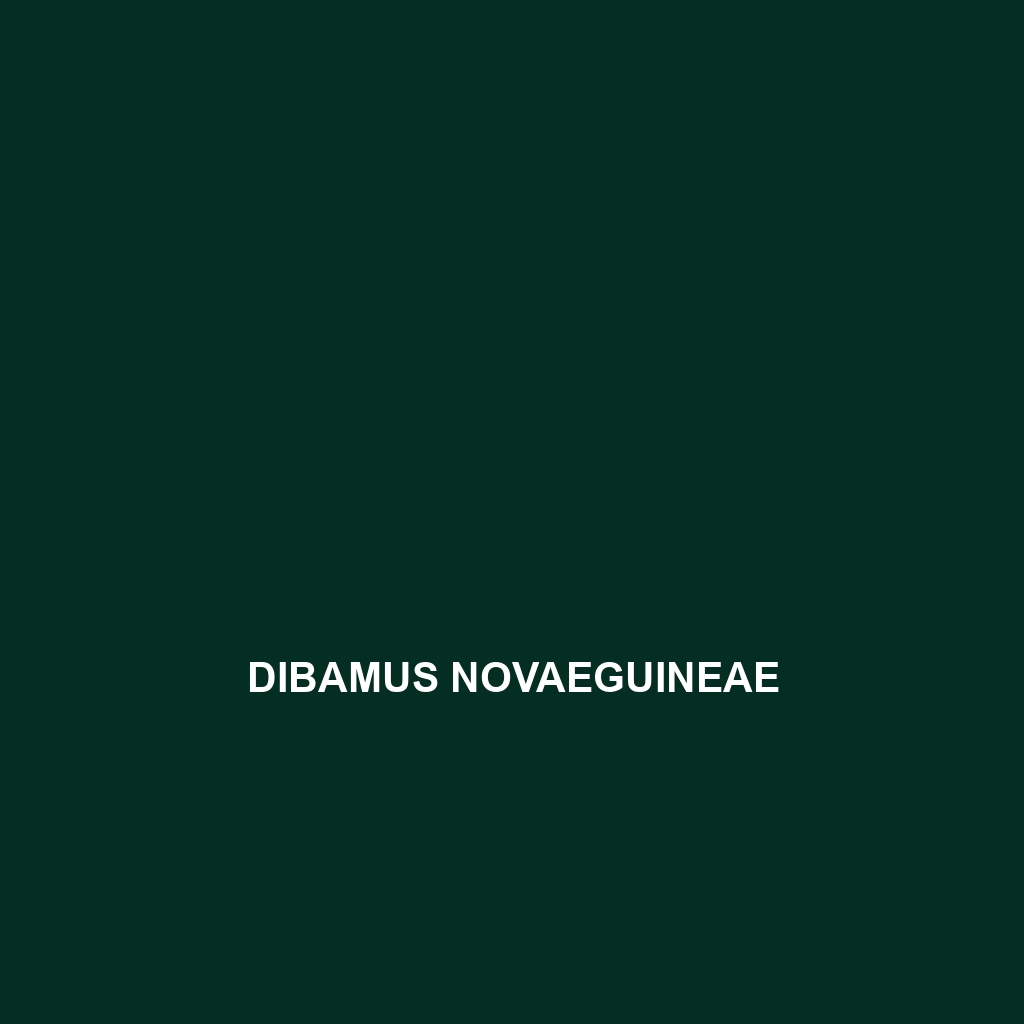Kenneally's gecko (Diplodactylus kenneallyi), a resilient nocturnal lizard native to the arid regions of Western Australia, showcasing a reddish-gold coloration with dark bands, agile movements, and an important role in controlling insect populations while exhibiting remarkable tail regeneration.
Tag: insectivorous lizards
Dibamus tropcentr
The Dibamus tropcentr, a slender, limb-reduced lizard found in the tropical rainforests of Southeast Asia, primarily feeds on small invertebrates and plays a crucial role in controlling insect populations. Classified as "Vulnerable," it thrives in moist, humid environments among leaf litter, showcasing adaptations like gliding and an elongated body for effective foraging.
Dibamus somsaki
fascinating Dibamus somsaki, a legless lizard native to the rainforests of Southeast Asia, known for its cylindrical body, earthy camouflage, and nocturnal foraging habits. This species plays a vital role in its ecosystem by controlling insect populations while displaying remarkable adaptations like the ability to shed its skin in large pieces.
Dibamus novaeguineae
fascinating Dibamus novaeguineae, or New Guinea legless skink, a fossorial lizard known for its elongated, limb-less body and vibrant color patterns. Found in the tropical forests of New Guinea, it plays a vital role in controlling insect populations while facing threats from habitat loss.
Dibamus ingeri
Dibamus ingeri is a legless lizard native to the tropical rainforests of Southeast Asia, measuring 20 to 30 cm with smooth, shiny skin and a diet primarily consisting of small invertebrates. Listed as vulnerable due to habitat loss, this solitary species plays a crucial role in soil aeration and pest control while exhibiting fascinating regeneration abilities.
Dibamus bourreti
fascinating Dibamus bourreti, a legless lizard native to the humid tropical rainforests of Southeast Asia, featuring smooth, shiny scales and a secretive, nocturnal lifestyle. This Vulnerable species plays a crucial role in its ecosystem by controlling insect populations and serving as prey for larger predators.
Delma labialis
fascinating Delma labialis, a small legless lizard native to southeastern Australia, known for its distinctive wedge-shaped head, secretive behavior, and vital role in controlling insect populations. This species thrives in arid habitats and plays a crucial part in soil aeration and nutrient cycling while exhibiting defense mechanisms, such as tail shedding.
Delma hebesa
<strong>Delma hebesa</strong>, or <strong>Hebes delma</strong>, a vulnerable medium-sized lizard native to Australia's arid regions, known for its agility, burrowing behavior, and sidewinding locomotion. With its sandy brown to grey coloration and diurnal feeding habits, this insectivorous species plays a crucial role in ecosystem balance.
Delma grayii
fascinating Delma grayii, or gray's delma, a slender lizard native to Australia’s southeastern woodlands and grasslands. This diurnal species, known for its climbing abilities, primarily feeds on insects, contributes to local biodiversity, and plays a crucial role in maintaining ecological balance.
Delma fraseri
Delma fraseri, also known as Fraser's delma, is a slender, fossorial lizard native to southeastern Australia, characterized by its distinct light brown to gray coloration and small, smooth scales. This insectivorous species thrives in arid habitats, playing a key role in pest control while facing vulnerability due to habitat loss.









